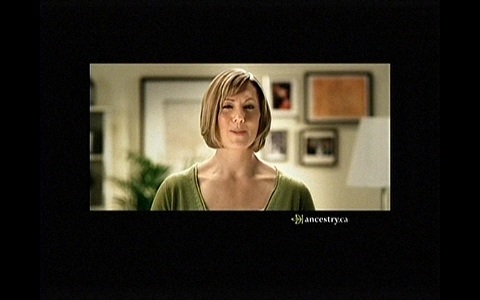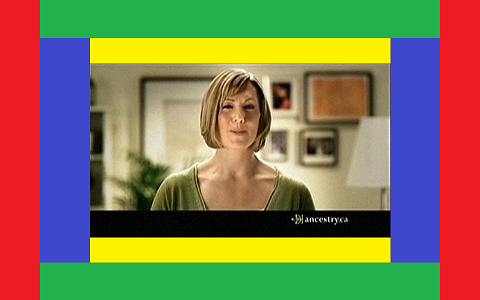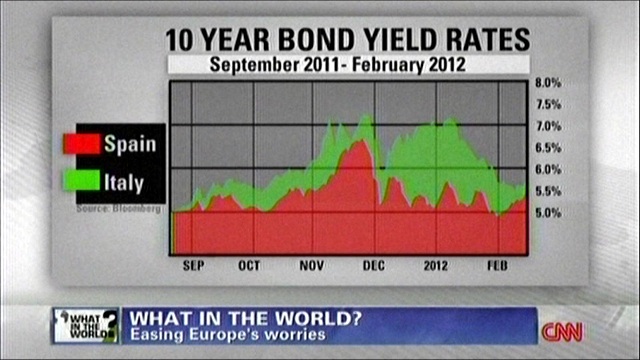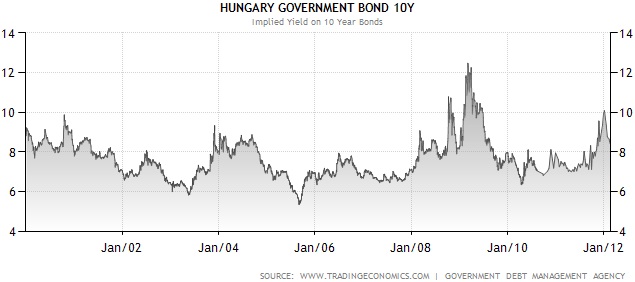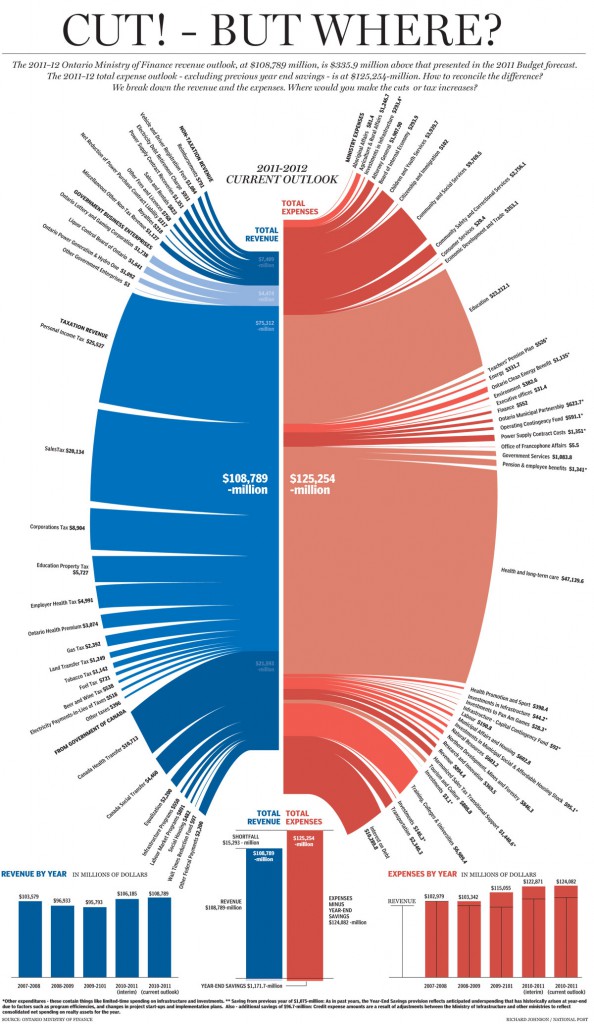I just wrote a letter to Vic Toews, our honorable Minister of Public Safety. This was in response to an e-mail I received from him, sent no doubt to many Canadians. I hope he reads my letter, but just in case, I also cc’d our MP, Mr. Mauril Bélanger, and the Ottawa Citizen.
Here is what I wrote.
To: vic.toews.c1@parl.gc.ca; Toews.V@parl.gc.ca
Cc: contact@openmedia.ca; letters@ottawacitizen.com; belanm@parl.gc.ca
Subject: RE: Stop Online Spying
Honorable Minister:
I thank you for your informative e-mail (which I received, I guess, as a Twitter user participating in the #tellviceverything campaign). I am glad that this time around, you used a more civilized form of communication, instead of simply labeling your critics “supporters of child pornography” if they happened to disagree with your Bill C-30 and its pitifully Orwellian new title.
Unfortunately, I find that your e-mail is deceptive, as it directly contradicts the text of the proposed Bill C-30, as it appears on the Parliament of Canada Web site:
http://www.parl.gc.ca/HousePublications/Publication.aspx?Docid=5380965&file=4
Section 6 of this Bill mandates that telecommunications service providers must “have the capability to … provide intercepted communications”. Many described this requirement as a “hacker’s gold mine”: the apparatus and databases that providers will be required to maintain in order to comply with this Section will offer an unsurpassed opportunity for crimes such as identity theft. Indeed, Sections 6-12 can be basically summarized simply as, “If we cannot use your equipment to spy on your users, it is not legal”, while providing no guarantees that such equipment will be sufficiently secure and not subject to abuse (be it by government or by third parties). This does not suggest “a high priority on protecting the privacy of law-abiding Canadians”; if anything, it suggests the contrary.
Moreover, Section 14 effectively gives the right to government to prescribe exactly what equipment must be used by service providers. This requirement can have many unintended consequences going beyond the (absolutely incredible) invasion of privacy: for instance, it can stifle innovation, as telecommunications providers would not be able to install new technology if it fails to meet arbitrary requirements set forth by the government.
Honorable Minister, it is blatantly misleading to suggest that the law is only about “basic subscriber information.” Your law prescribes that telecommunications providers must “have the capability to … provide intercepted communications”. THIS IS NOT BASIC SUBSCRIBER INFORMATION. This is about the government-mandated capability to capture every single bit of data sent or received by Canadians.
While it is true that the legislation does not explicitly require telecommunications providers to “maintain databases”, the Bill remains open-ended in this regard: the equipment that telecommunications providers will be required to install may very well routinely incorporate the creation of such databases.
Regarding warrantless access to basic subscriber information, it is misleading to suggest that this Bill provides a counterbalance. On the contrary, it compels telecommunications providers to hand over this information upon a simple “oral request” by “any police officer”, and all the officer needs to provide is his or her name, rank, badge number and agency. This places in the hands of law enforcement personnel an authority that is perhaps unprecedented in Canada, and can be subject to grave abuse.
Honorable Minister, I understand that you have been personally affected by the debate surrounding this proposed Bill, and let me assure you that like most Canadians, I also strongly disapprove of any attempts to intimidate you unlawfully. However, the fact that you yourself have been wronged does not free you from the responsibility of representing a law that you propose in a truthful and thorough manner, and not attempt to mislead the public about its contents and foreseeable consequences.
In closing, I should mention that I have been trying to figure out if the manner in which your e-mail communication was sent was just a clumsy attempt to communicate with concerned Canadians via e-mail spam, or perhaps something more sinister. Sending an e-mail, presumably to Internet users who interacted with you via Twitter, can be seen as a not so subtle “I know who you are” message. Perhaps that is not the case… I am not a fan of conspiracy theories, so I feel compelled to give you the benefit of the doubt. In case I am wrong and it was indeed an attempt to intimidate your law-abiding critics, well, let me assure you that in my case it didn’t work: having grown up in a Communist one-party dictatorship, I am not that easily intimidated. On the other hand, that same upbringing compels me to feel very concerned whenever I see a government attempting to gain too much control over its citizens, no matter how noble the cause.
As a one-time Conservative voter, I believe in smaller, less intrusive government, the decisions of which are based on facts, not ideology. While I long for the day when I could proudly vote Conservative again, for the time being I must say that I remain thoroughly disappointed by the Conservative Party of Canada.
Sincerely,
Viktor T. Toth
<full address provided>
From: vic.toews.c1@parl.gc.ca [mailto:vic.toews.c1@parl.gc.ca]
Sent: Wednesday, February 22, 2012 12:43 PM
To: vic.toews.c1@parl.gc.ca
Subject: Re: Stop Online Spying
Thank you for contacting my office regarding Bill C-30, the Protecting Children from Internet Predators Act.
Canada’s laws currently do not adequately protect Canadians from online exploitation and we think there is widespread agreement that this is a problem.
We want to update our laws while striking the right balance between combating crime and protecting privacy.
Let me be very clear: the police will not be able to read emails or view web activity unless they obtain a warrant issued by a judge and we have constructed safeguards to protect the privacy of Canadians, including audits by privacy commissioners.
What’s needed most is an open discussion about how to better protect Canadians from online crime. We will therefore send this legislation directly to Parliamentary Committee for a full examination of the best ways to protect Canadians while respecting their privacy.
For your information, I have included some myths and facts below regarding Bill C-30 in its current state.
Sincerely,
Vic Toews
Member of Parliament for Provencher
Myth: Lawful Access legislation infringes on the privacy of Canadians.
Fact: Our Government puts a high priority on protecting the privacy of law-abiding Canadians. Current practices of accessing the actual content of communications with a legal authorization will not change.
Myth: Having access to basic subscriber information means that authorities can monitor personal communications and activities.
Fact: This has nothing to do with monitoring emails or web browsing. Basic subscriber information would be limited to a customer’s name, address, telephone number, email address, Internet Protocol (IP) address, and the name of the telecommunications service provider. It absolutely does not include the content of emails, phones calls or online activities.
Myth: This legislation does not benefit average Canadians and only gives authorities more power.
Fact: As a result of technological innovations, criminals and terrorists have found ways to hide their illegal activities. This legislation will keep Canadians safer by putting police on the same footing as those who seek to harm us.
Myth: Basic subscriber information is way beyond “phone book information”.
Fact: The basic subscriber information described in the proposed legislation is the modern day equivalent of information that is in the phone book. Individuals frequently freely share this information online and in many cases it is searchable and quite public.
Myth: Police and telecommunications service providers will now be required to maintain databases with information collected on Canadians.
Fact: This proposed legislation will not require either police or telecommunications service providers to create databases with information collected on Canadians.
Myth: “Warrantless access” to customer information will give police and government unregulated access to our personal information.
Fact: Federal legislation already allows telecommunications service providers to voluntarily release basic subscriber information to authorities without a warrant. This Bill acts as a counterbalance by adding a number of checks and balances which do not exist today, and clearly lists which basic subscriber identifiers authorities can access.
